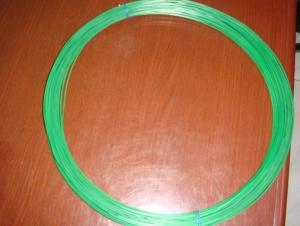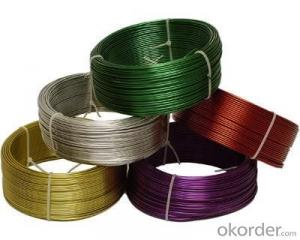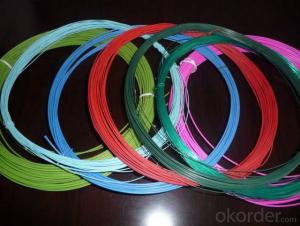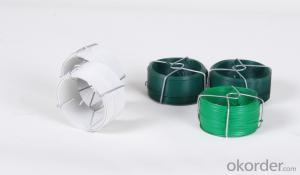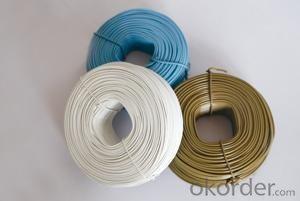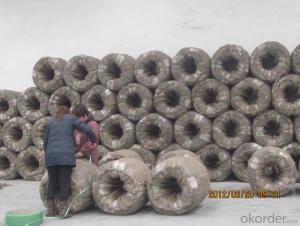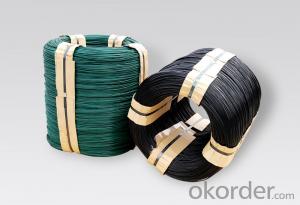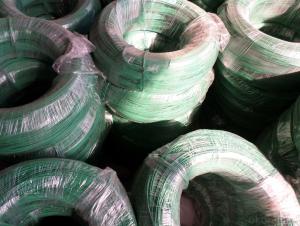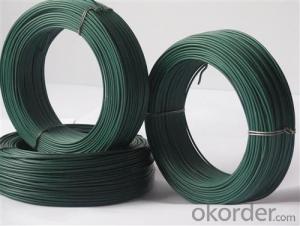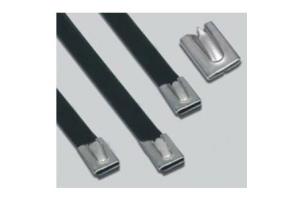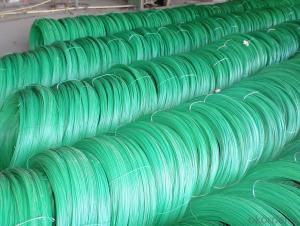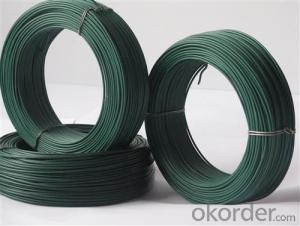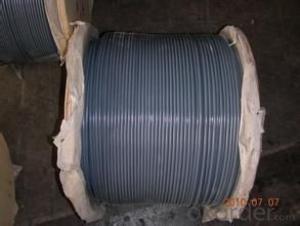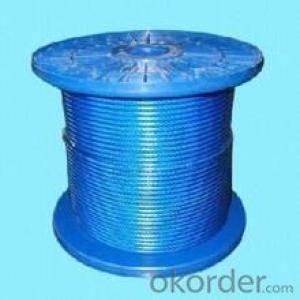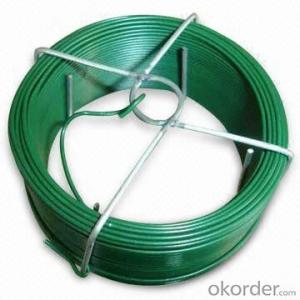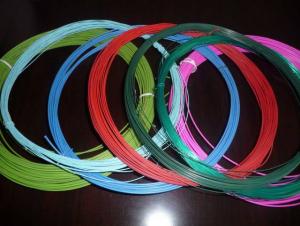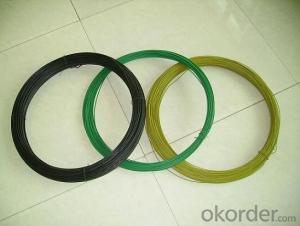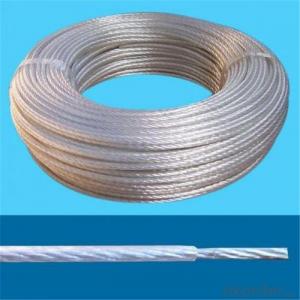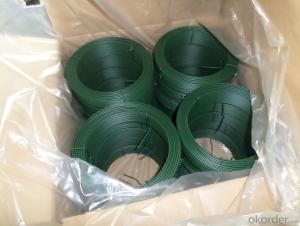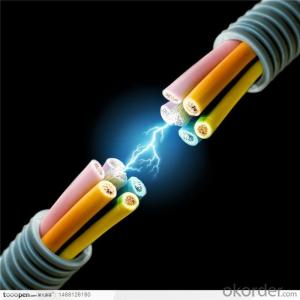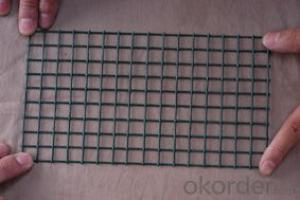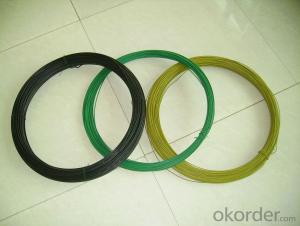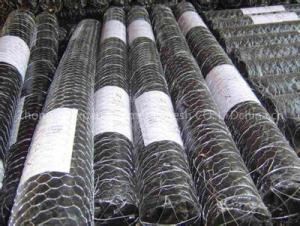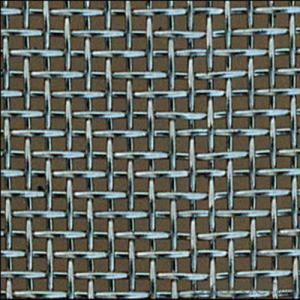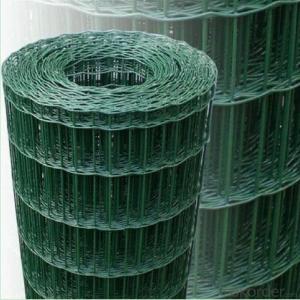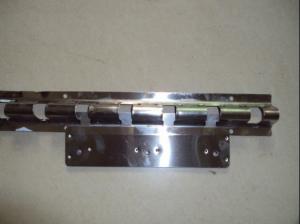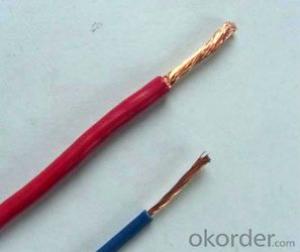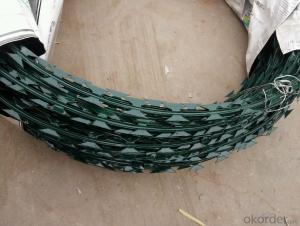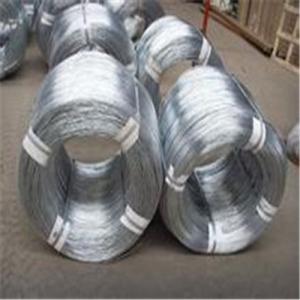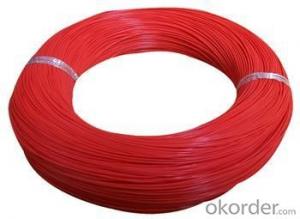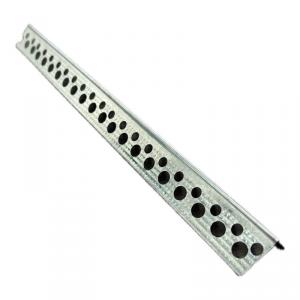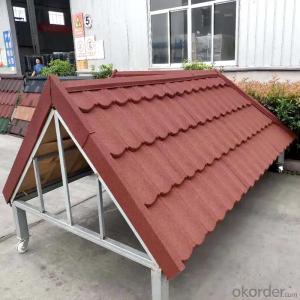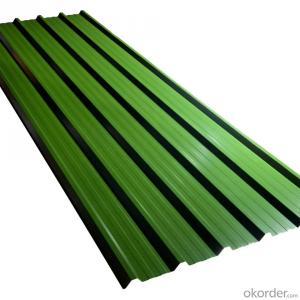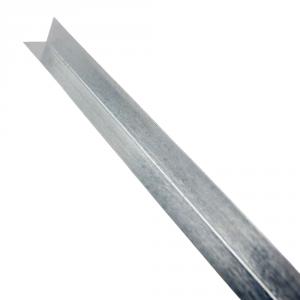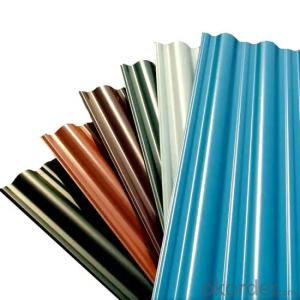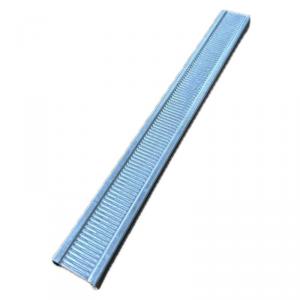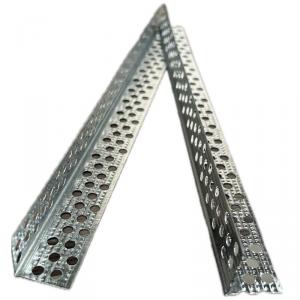Pvc Crimp Coatedwire
Pvc Crimp Coatedwire Related Searches
Perforated Pvc Pipe Pvc Adhesive Tape Clear Plastic Pvc Pipe 40Mm Pvc Pipe Pvc Square Tube Pvc Ceilings Pvc Sign Rectangular Pvc Tube Pvc Fencing Colored Polypropylene Tubing Pvc Down Ceiling Pvc Walls and Ceilings Pvc Bathroom Cladding Panels Concrete Culvert Pipe Pvc Ceiling Philippines Pvc Mat Flooring Corrigated Plastic Roofing Clear Pvc Pipe 4 Inch Krupp Cranes Black Pvc Door Pvc Panel Door Pvc Flex Banner Pvc Decorative Wall and Ceiling Panels Pvc Ceilings Kroonstad Grp Pipe Lamination Corrugated Plastic Siding Dizayn Ppr Pipes Bnc Component Video Cable Cosmoplast Ppr Pipes pvc ceiling kenyaPvc Crimp Coatedwire Supplier & Manufacturer from China
PVC Crimp Coated Wire is a type of insulated wire that features a protective PVC coating over a crimp connection. This wire is designed to provide a secure and reliable electrical connection, while also offering resistance to various environmental factors such as moisture, chemicals, and abrasion. The crimp connection ensures a strong and durable bond between the wire and the terminal, making it suitable for a wide range of applications.PVC Crimp Coated Wire is commonly used in various industries, including automotive, electronics, and telecommunications. Its versatility makes it an ideal choice for applications where electrical connections need to be both secure and protected from external factors. This product is particularly useful in situations where wires are exposed to harsh environments or where there is a need for a long-lasting and reliable connection. It can be found in automotive wiring harnesses, electronic device cables, and telecommunications infrastructure, among other applications.
Okorder.com is a leading wholesale supplier of PVC Crimp Coated Wire, offering a vast inventory of this product to meet the needs of various industries. With a commitment to quality and customer satisfaction, Okorder.com ensures that the PVC Crimp Coated Wire they provide is of the highest standard, making them a reliable choice for businesses looking to source this essential component.
Hot Products
